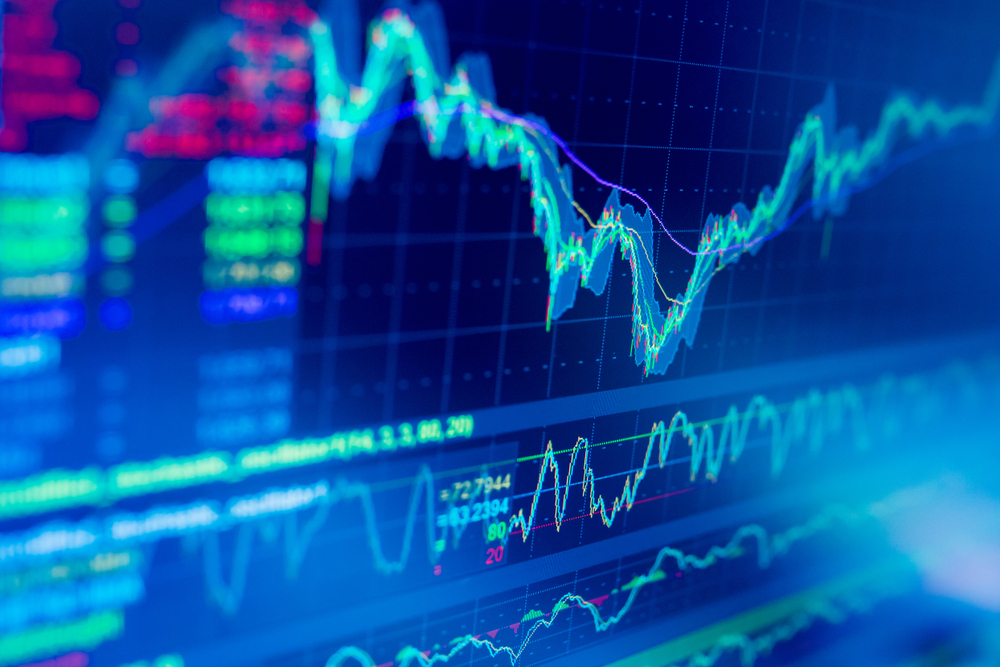Traders are (by nature) curious human beings. Therefore, it’s inevitable that at some stage during their early trading experiences, traders will experiment with just about every conceivable technical indicator and combinations of various indicators. Novice traders are generally (and arguably naively) in search of what many refer to as a “Holy Grail trading system”, loosely defined as a: 100%, never failing, winning strategy, derived by combining a cluster of indicators which when they align and chime, prompt you to make a trading decision.

This period of trader growth is essential, as without such early days experimentation, it’s impossible to become knowledgeable regarding a critical aspect of trading; you have to become a quasi technical analysis expert to prosper and it’s a self taught journey of discovery. Even if you eventually jettison all the most popular indicators and trade off a mostly ‘vanilla’ chart, with only the barest of technical indicators placed on your preferred time frames, you’ll still use some form of technical analysis and indicators.
Price is obviously the main technical indicator and you’ll choose how it’s displayed on your chart from a series of options best suited to your trading style; you might prefer: standard candlesticks, Heikin Ashi, or pin-bars to represent price and to analyse price action. The time frames you prefer to trade off are also forms of technical indicators.
As someone who prefers less clutter on your charts, you might also use the daily or weekly pivot points. You might place the higher moving averages on your charts and make note of handles/round numbers. Occasionally you might use certain indicators, such as the RSI, to determine potential “oversold” and “overbought” conditions. It must also be noted that many technical indicators are simply derivatives of moving averages, for example, the extremely popular MACD indicator, which stands for moving average, convergence, divergence. All the aforementioned are generally regarded, by many experienced and successful traders, as the barest level of technical information required to make your trading decisions.
Even the most die hard fundamental analysis traders, who will testify that it’s the economic calendar and fundamental issues that move the forex markets, will use some forms of technical analysis for their decision making. Many will refer to the moving averages as absolutely crucial to their trading, particularly the higher moving averages (MAs), such as: 50, 100 and 200 averages. Some will also refer to other lower MAs, such as the 14 and 21 as critical. The averages refer to the days the moving average measures the price movement; 14 day periods, right up to 200 day periods.
Generally, most traders will use MAs when trading off the daily time frame, the logic is obvious; a moving average set for daily periods, is best observed on a daily time frame. As always, if you begin to curve fit the indicators by altering the settings, you can find yourself on a slippery slope, whereby you’re searching for data to match your preconceptions. This is why more experienced traders might select what are called standard, or simple moving averages, as opposed to the exponential, or smoothed options.
Moving averages are favoured by experienced traders because such indicators are often used by institutional level traders, as part of their decision making process, if you read articles on Bloomberg and Reuters, you’ll often read references made to the MAs. For example, you might read a report pointing out that a major currency pair is trading above the 100 or 200 DMA, or that a pattern such as a golden cross, or death cross has occurred.
The golden cross and death cross is referenced when a 50 DMA has crossed a 200 DMA in a bullish, or bearish movement. Institutional level traders will regard this simple moving average pattern, when observed on a daily time frame, as a key pattern from which to make decisions. Similarly, they may make decisions regarding a security, such as a major FX pair, if it’s trading above or below certain higher moving averages.
The mention of where institutional traders might hinge their decisions is critical; it’s not retail traders who move FX markets, it’s institutional level traders and large hedge funds, who move the $5.2 trillion turnover a day forex markets. It’s essential that you try to get in tune with their decision making. They won’t use a strategy involving the: MACD, ADX, DMI, RSI on a fifteen minute chart, with all the standard settings altered, to make their decisions. They’ll most likely use the higher moving averages on higher time frames. Which is why acquiring the skill and knowledge to trade with these MAs off higher time frames, is essential to your progress.


